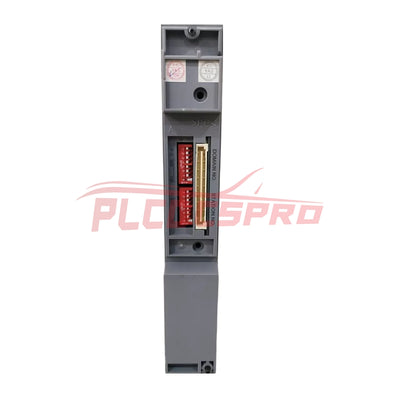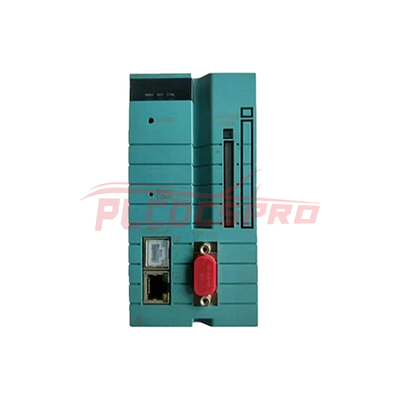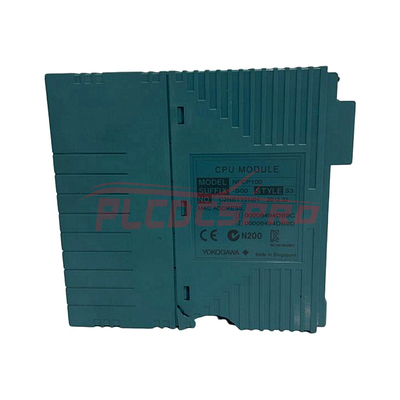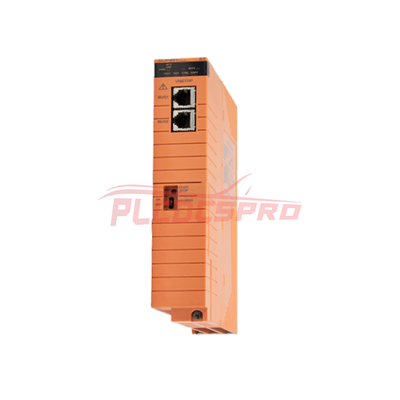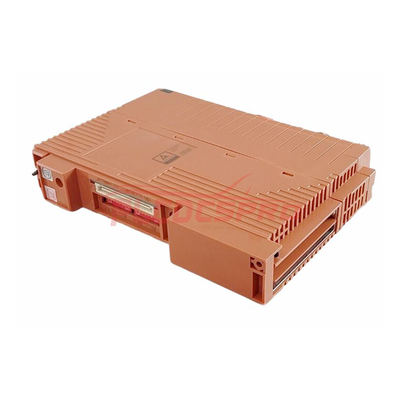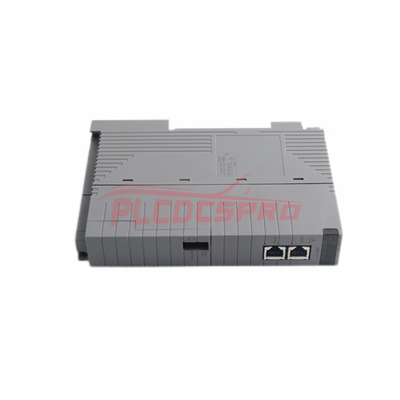Yokogawa CPU Modules are the brains of a Yokogawa control system. They are powerful processors specifically designed to work within Yokogawa's automation architecture. Here's a detailed breakdown of their role and functionalities:
Function:
- Execute control logic programs written for the Yokogawa system. These programs define the control strategies for the process, including data acquisition, calculations, decision-making, and sending control signals to various devices.
- Process real-time data received from field devices through Yokogawa I/O modules. This data includes sensor readings, device statuses, and other process variables.
- Perform calculations and control actions based on the programmed logic and real-time data.
- Communicate with other system components like HMI (Human-Machine Interface) for operator interaction and monitoring, and potentially with other Yokogawa controllers or systems for coordinated control.
Features of Yokogawa CPU Modules:
- Processing Power: Yokogawa CPU modules offer sufficient processing power to handle complex control algorithms and real-time data processing for industrial automation applications.
- Memory Capacity: They come with adequate memory capacity to store control programs, process data, and maintain system configuration.
- Communication Interfaces: Yokogawa CPU modules typically have built-in communication interfaces to connect with I/O modules, HMIs, and other control system components. These interfaces might include Ethernet, fieldbuses like Profibus or Modbus, or proprietary Yokogawa communication protocols.
- Operating System: Yokogawa CPU modules might run on a real-time operating system (RTOS) designed for deterministic performance and reliability in industrial control applications. Some Yokogawa CPU modules might be OS-free, relying on a boot program and user-developed control logic.


